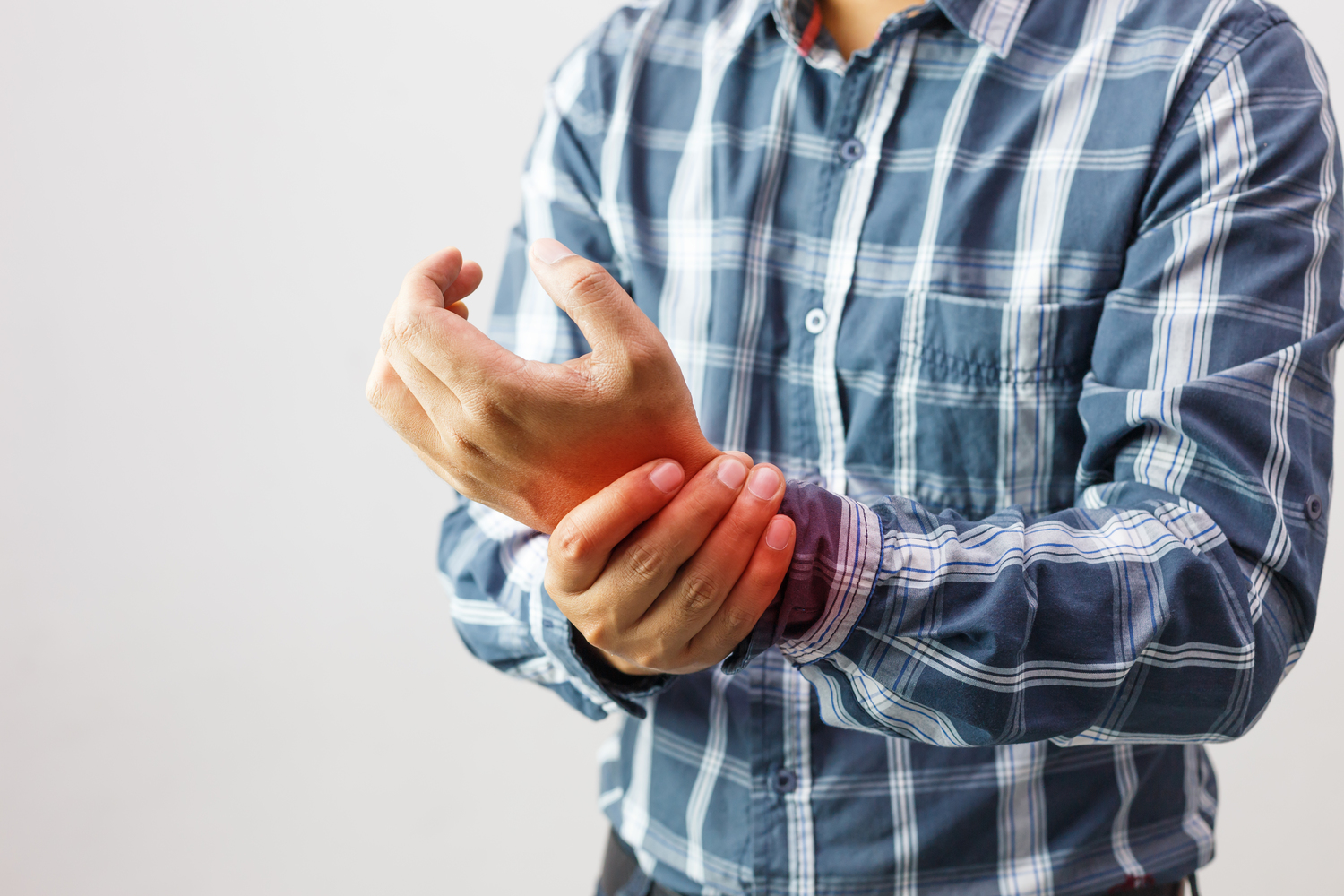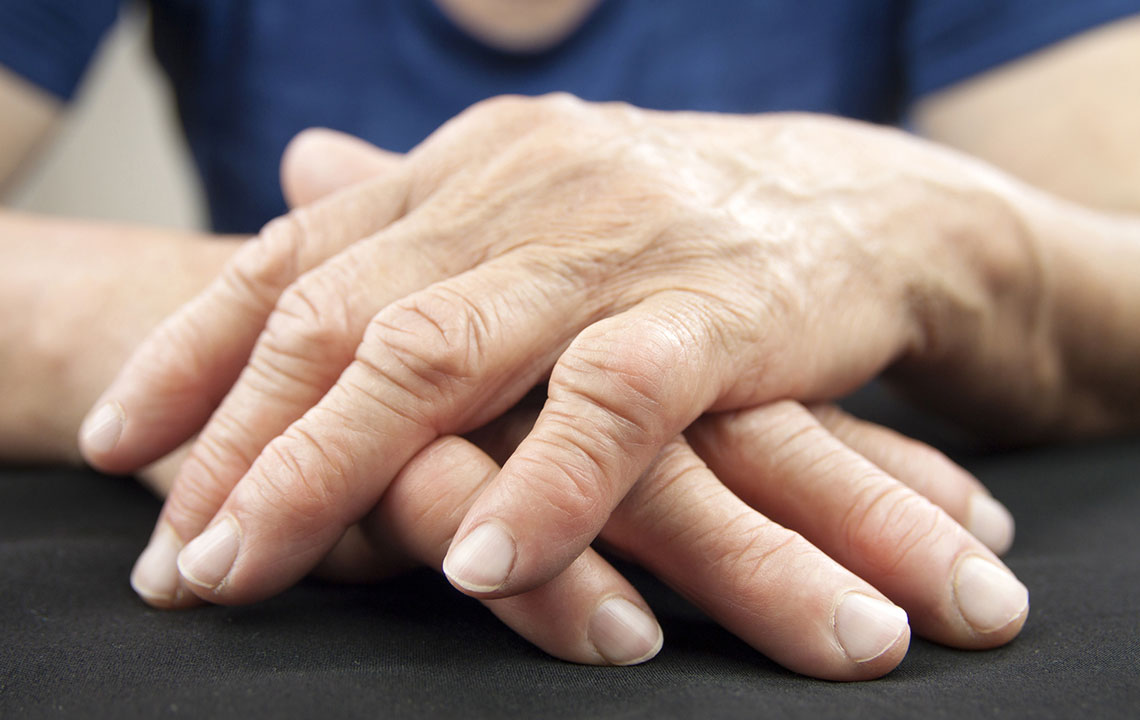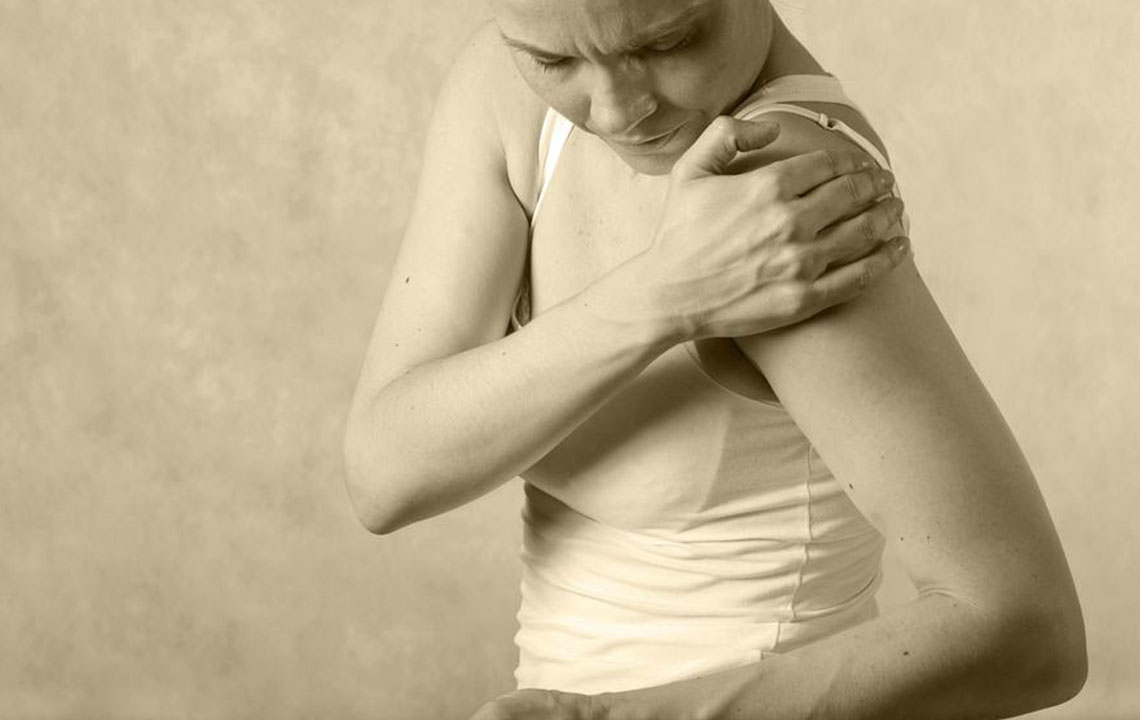Comprehensive Strategies for Effectively Managing Arthritis Discomfort
This extensive guide provides in-depth insights into arthritis, covering its types, symptoms, causes, and advanced management strategies. Learn effective treatments, lifestyle modifications, and how pain signals are processed to better manage discomfort and improve quality of life for those affected by arthritis.

In-Depth Guide to Understanding and Managing Arthritis Pain
Arthritis is a broad term that encompasses over 100 different joint conditions, many of which involve inflammation, deterioration, and pain within the joints. This condition can significantly affect a person's quality of life, limiting mobility and causing persistent discomfort. Recognizing the early signs and understanding the underlying causes of arthritis are essential steps toward effective management and relief. Whether you're dealing with osteoarthritis, rheumatoid arthritis, or other forms, this comprehensive guide provides valuable insights into symptoms, causes, treatment options, and lifestyle strategies to help you cope better.
Understanding Arthritis: What It Is and Why It Matters
Arthritis is characterized by inflammation of one or more joints, leading to pain, swelling, stiffness, and reduced mobility. It is a common condition, especially among older adults, but can also affect younger individuals due to injury or genetic predisposition. The impact of arthritis extends beyond physical discomfort; it can influence emotional well-being and daily routines. Recognizing its symptoms early allows for better management, potentially slowing down joint damage and enhancing one's quality of life. Different types of arthritis have distinct features and cause varying degrees of discomfort, making tailored approaches necessary for effective treatment.
Recognizing the Signs of Knee Arthritis Pain
Persistent Pain: One of the most prominent symptoms is ongoing joint pain that tends to gradually worsen over time, although some flare-ups may happen suddenly.
Morning Stiffness: Many individuals experience stiffness in the knees upon waking, which can last from a few minutes to several hours.
Worsening with Movement: Activities such as climbing stairs, standing for prolonged periods, or bending the knee often amplify discomfort.
Swelling and Inflammation: Inflammatory responses can cause swelling, warmth, or visible deformity due to excess fluid or bone spurs.
Muscle Weakness and Instability: Over time, muscle weakening around the joint can lead to instability, increasing fall risk or further joint damage.
Sounds and Sensations: Patients might notice grinding, clicking, or locking sensations, signaling joint deterioration.
Impact on Daily Activities: Pain and stiffness may hinder routine tasks, affecting work, exercise, and social activities.
Causes and Contributing Factors of Arthritis
Genetics: A family history of arthritis increases susceptibility, suggesting a hereditary component in the disease process.
Previous Injuries: Past joint injuries or surgeries can predispose individuals to degenerative changes later in life.
Metabolic Disorders: Conditions such as gout and pseudogout involve crystal deposits in joints, leading to inflammation and pain.
Infections: Bacterial or viral infections, such as Lyme disease, can cause reactive arthritis as part of the immune response.
Immune System Malfunctions: Autoimmune diseases like rheumatoid arthritis and lupus lead the immune system to attack joint tissues, resulting in inflammation and destruction.
Environmental and Lifestyle Factors: Obesity, smoking, and repetitive joint stress contribute to higher risks of developing arthritis and worsen existing conditions.
Different Types of Arthritis and How They Differ
Osteoarthritis (Degenerative Joint Disease): Often called wear-and-tear arthritis, it involves cartilage breakdown due to aging, injury, or overuse.
Rheumatoid Arthritis: An autoimmune disorder causing chronic inflammation of the synovial membrane, leading to joint deformity over time.
Gout: A form of inflammatory arthritis characterized by sharp crystal deposits in joints, often affecting the big toe.
Pseudogout: Similar to gout but involves calcium pyrophosphate crystal deposits, affecting larger joints like knees and wrists.
Infectious Arthritis: Joint infection caused by bacteria, viruses, or fungi, requiring treatment with antibiotics or antifungal agents.
Types of Pain Associated with Arthritis
Acute Pain: Sudden and intense, usually linked to injury, flare-ups, or inflammation. Serves as a warning sign that immediate attention may be needed.
Chronic Pain: Persistent discomfort lasting for months or years, often accompanied by stiffness, nerve pain, and muscle soreness.
Recurrent Pain Episodes: Symptoms may flare intermittently, with pain intensity varying over time, often triggered by activity or weather changes.
Neuropathic Components: In some cases, nerve involvement causes burning or shooting sensations that require specific management strategies.
Advanced Treatments and Remedies for Arthritis Relief
Topical Medications: Creams, gels, and patches containing anesthetics like lidocaine or anti-inflammatory agents such as NSAIDs help manage localized pain without systemic side effects.
Oral Medications: NSAIDs, corticosteroids, and disease-modifying antirheumatic drugs (DMARDs) are frequently prescribed depending on the type and severity of arthritis.
Physical Therapy: Customized exercises strengthen muscles around joints, improve flexibility, and reduce pain.
Invasive Procedures: In severe cases, options like joint injections, viscosupplementation, or even surgical interventions like joint replacement may be considered.
Complementary and Alternative Medicine: Acupuncture, dietary supplements, and herbal remedies can supplement conventional treatments, though should be discussed with healthcare providers.
Understanding Pain Signal Processing in Arthritis
Inflammatory Response: When joints are injured or inflamed, tissues release chemicals such as prostaglandins, cytokines, and bradykinin, which sensitize nerve endings.
Nerve Activation: These chemicals activate nociceptors—specialized nerve endings that detect pain—in the surrounding tissues.
Signal Transmission: The pain signals travel via peripheral nerves to the spinal cord, where they are relayed to the brain.
Perception and Response: The brain interprets these signals, leading to the sensation of pain and prompting protective responses, such as reducing movement or seeking treatment.
Managing arthritis pain effectively involves a combination of lifestyle adaptations, medical treatments, and understanding how pain signals are processed. Staying informed and proactive can significantly improve comfort and function, allowing individuals to lead active, fulfilling lives without the burden of persistent joint pain.





